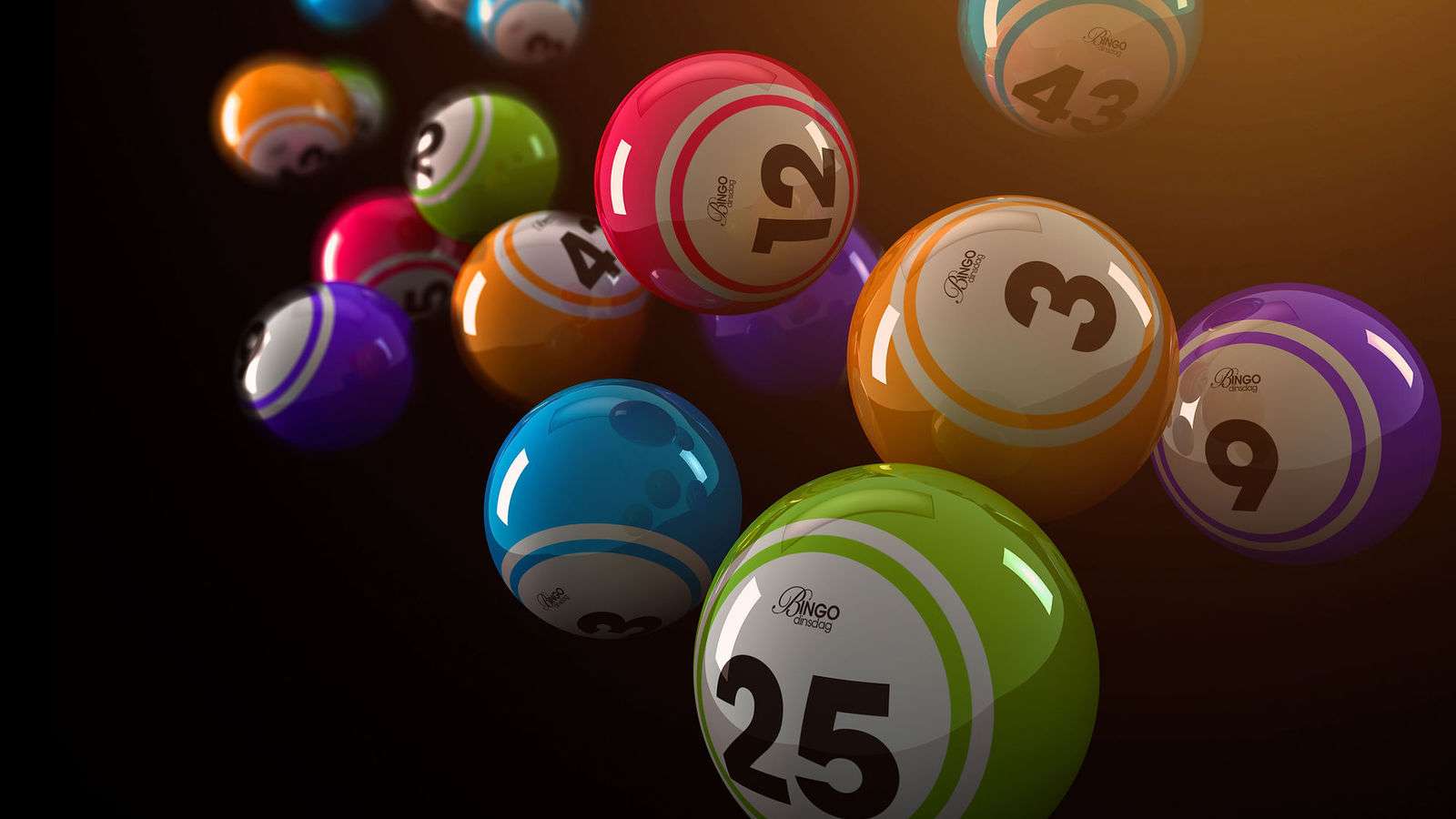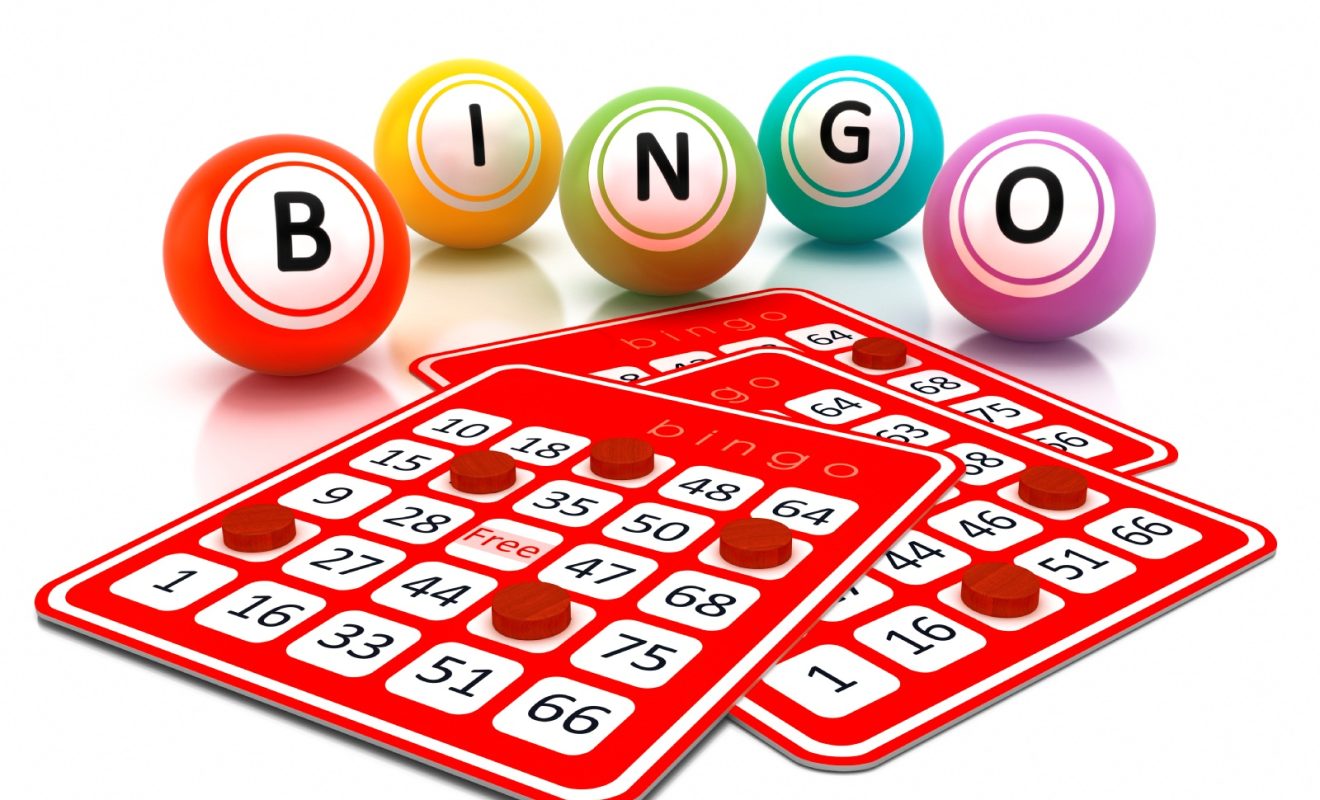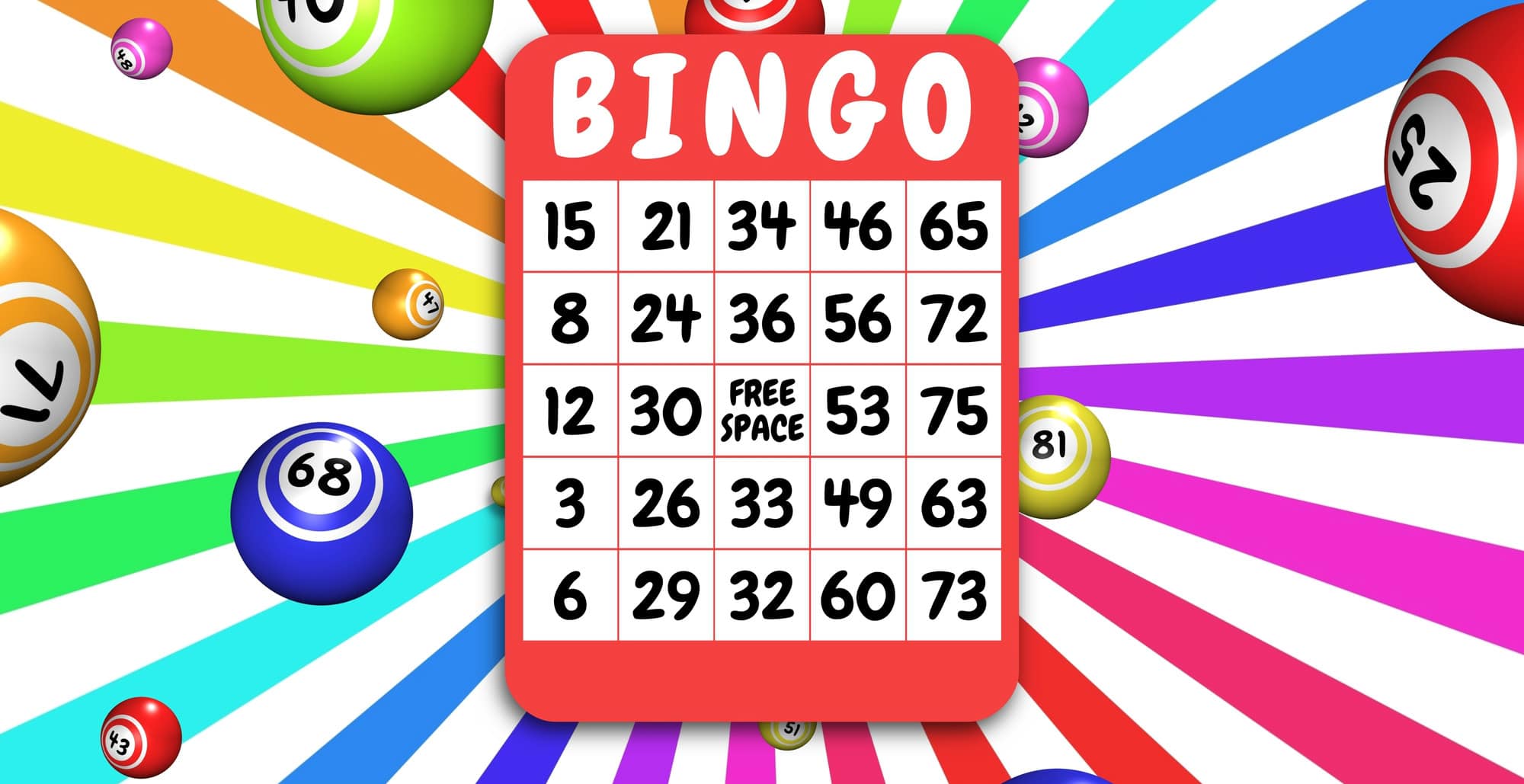
How To Become Vip Bingo Blitz
Introduction How To Become Vip Bingo Blitz: Bingo Blitz, an immensely popular social bingo game,…

How To Run A Bingo Game: Whether you’re organizing a casual get-together, a fundraising event, a school function, or a community gathering, bingo is a versatile game that appeals to a wide range of participants.
Running a successful bingo game involves more than just calling out numbers; it requires careful planning, attention to detail, and a knack for creating an enjoyable atmosphere. This guide will take you through the essential steps of setting up and conducting a bingo game that will captivate your audience and leave them eager for more.
From preparing the game materials and selecting prizes to understanding different types of bingo and managing the flow of the game, this comprehensive introduction will equip you with the knowledge and confidence needed to be a bingo game master. Whether you’re a seasoned event planner or a novice looking to host your first bingo night.
Get ready to immerse yourself in the world of bingo, where luck and strategy intersect to create moments of suspense and jubilation. So, gather your daubers, bingo cards, and enthusiasm, as we embark on a journey to unravel the art of running a bingo game that’s bound to leave a lasting impression on your guests or attendees.
Adding a raffle gives players more chances to win prizes, and more likely to leave with smiles on their faces. Hosting Bingo night on the same night each week or month will give patrons something to mark on their calendars and look forward to. It gives them an easy option when the weather is driving them inside.
Running a successful bingo game requires a combination of organization, engagement, and attention to detail. To begin, ensure you have all the necessary materials: bingo cards, numbered balls, and a method for random number selection. Creating a clear layout for your game area helps participants follow along seamlessly.
Variety keeps players engaged, so consider introducing different types of bingo games or incorporating themed rounds. Remember to pace the game appropriately, allowing time for players to mark their cards and savor the suspense. Utilize tools like microphones and display boards to enhance visibility and audibility.
Ultimately, the hallmark of a triumphant bingo game is the balance between structure and flexibility. Embrace unexpected moments with humor and grace. As the host, your enthusiasm, clarity, and ability to foster a sense of camaraderie are the driving forces behind a successful bingo game that leaves participants eagerly anticipating the next round.
/cdn.vox-cdn.com/uploads/chorus_asset/file/19377182/Bingo.jpg)
Creating a bingo game from scratch is a delightful endeavor that requires a few essential steps to ensure a seamless and enjoyable experience.
Determine the purpose of your bingo game – whether it’s a social event, a fundraiser, or a classroom activity. Next, decide on the format: traditional 5×5 grids or variations with different patterns and card sizes. Utilize readily available bingo card generators online or design your own using software.
Select a theme if desired; themed games add a creative touch and engage participants even further. Create a set of unique bingo cards, ensuring that each card has a distinct arrangement of numbers within the designated range.
To draw numbers randomly, you can use a physical bingo cage or digital tools like number generators or apps. Ensure fairness by mixing the numbers well before each draw.
Plan your prize structure, offering a mix of incentives to keep players excited. From small trinkets to larger rewards, the prizes add an extra layer of anticipation.
Before the game starts, explain the rules clearly to participants. Ensure you have all the necessary equipment, including daubers or markers. As the host, exude enthusiasm and maintain an organized flow, announcing the numbers with clarity.
Remember, the magic of a bingo game lies in the balance between structure and fun. Flexibility to adapt to players’ energy and spontaneous moments adds to the excitement. By following these steps and infusing your unique creativity, you can craft a bingo game that brings joy and connection to any gathering.
In u-pick ’em bingo and other variants of bingo, players are issued three 25-number cards which contain all 75 numbers that may be drawn. Players then mark which numbers they wish to play and then daub those numbers according to the numbers drawn. In addition, double-action cards have two numbers in each square.
The format of a bingo game is characterized by its structured layout, including the arrangement of game cards, the selection of numbers, and the patterns required for a win. Typically played on a grid, each bingo card features a set of numbers or symbols that correspond to the game’s number pool.
The most common bingo format employs a 5×5 grid, creating 25 squares on each card. The center square is usually marked as a “free space” that players can automatically mark off. Numbers are then distributed across the remaining squares, with a specific range for each column (B-I-N-G-O).
Different versions of the game can feature various patterns for winning, such as a straight line horizontally, vertically, or diagonally, as well as more complex patterns like blackout (covering the entire card). However, bingo formats aren’t limited to the traditional 5×5 grid.
The format also encompasses the method of number selection, which can be accomplished using a physical bingo cage with numbered balls, electronic random number generators, or bingo apps. The selected numbers are called out by the game host, and players mark their cards accordingly.
The teacher creates a bingo sheet and sends it to each student. The bingo sheet can be a 5×5 grid, for example. Each grid box has a word or an image. The student’s task is to find the agreed number of words or images: things like a tree or a vehicle or a traffic sign etc.
The term “bingo method” refers to the systematic approach used to play the game of bingo, particularly in scenarios where a player is aiming to increase their chances of winning. While bingo is often a game of luck, players have devised strategies and methods to enhance their odds within the parameters of the game’s rules.
Another method involves choosing bingo cards with different number distributions. By selecting cards that differ in their number arrangements, players can diversify their coverage of the number pool, potentially increasing the probability of matching called numbers.
Additionally, players may favor games with fewer participants, as this can diminish competition and heighten the chances of winning. Some players also analyze patterns and frequency of called numbers to inform their card selection.
It’s important to note that while these methods can provide a degree of strategy, bingo remains fundamentally a game of chance. Luck plays a significant role, and no method can guarantee a win. The bingo method, therefore, involves a combination of strategic decision-making, statistical awareness, and a healthy dose of excitement for the unpredictable outcomes that make bingo a beloved and enduring pastime.
7 Quick Tips to Make Your Bingo Games More Fun!
Running a fun bingo game involves a blend of preparation, engagement, and creativity to ensure an entertaining experience for all participants. Here’s how to make it happen:
Create a Welcoming Atmosphere: Set a positive tone by greeting participants warmly. Your enthusiasm and energy as the host will encourage a fun vibe throughout the game.
Incorporate Themes and Variations: Inject excitement by introducing themes or variations to the traditional game. Themed rounds or unique patterns can add a playful twist and keep players engaged.
Varied Prize Structure: Offer an array of prizes to cater to different preferences. From small treats to grand rewards, appealing prizes enhance the motivation to play.
Clear Communication: Explain the rules, patterns, and prize structure before the game begins. Ensure everyone understands the gameplay to prevent confusion.
Interactive Hosting: Interact with players during the game. Share jokes, trivia, or anecdotes between number calls to keep the energy high and the atmosphere light.
Engaging Callouts: Add flair to number callouts with your unique style. Use humor, sound effects, or even themed callout phrases to captivate participants.

Running a virtual bingo game opens up exciting possibilities for remote gatherings. Here’s a step-by-step guide on how to make it a success:
Choose a Platform: Select a video conferencing platform like Zoom, Microsoft Teams, or Google Meet for hosting the game. Ensure all participants are familiar with the chosen platform.
Prepare Materials: Create digital bingo cards using online generators or software. Share these cards with participants in advance via email or the chosen platform.
Explain Rules: Begin the session by explaining the rules, patterns, and any variations you plan to use. Clarify how participants should mark their digital cards.
Number Caller: Assign a number caller who will generate random numbers throughout the game. This could be you or someone else participating in the virtual gathering.
Display Numbers: Share the number caller’s screen or use screen-sharing features to display called numbers to all participants. This keeps everyone on the same page.
Marking Cards: Participants can use digital tools (like annotation features or virtual markers) to mark off called numbers on their cards.
Engage with Participants: Keep the atmosphere lively by interacting with participants during the game. Share stories, jokes, or trivia to maintain engagement.
Playing bingo in a classroom setting is an engaging and educational activity that can enhance learning while adding an element of fun. Here’s how to incorporate bingo into your class:
Educational Focus: Determine the learning objectives you want to reinforce through the bingo game. Whether it’s vocabulary, math concepts, historical facts, or any subject, align the game with your curriculum goals.
Create Bingo Cards: Generate or design bingo cards that feature terms, numbers, or concepts relevant to the subject. Ensure the content is age-appropriate and challenging yet achievable.
Explain Rules: Introduce the game’s rules and objectives to the students. Explain the pattern they need to achieve (e.g., straight line, diagonal, blackout) and the significance of each term or number on their cards.
Interactive Caller: Assign a student or take on the role yourself as the number caller. Instead of traditional number calls, provide definitions, questions, or problems related to the terms on the cards.
Marking Cards: Students mark their cards as the definitions or problems are called out. This encourages active listening, quick thinking, and familiarity with the subject matter.
Engagement: Keep the game lively by interacting with the students during the session. Offer hints, provide explanations, and celebrate correct answers.
Prizes or Recognition: Motivate students by offering small rewards, extra credit points, or simple certificates for bingo winners. Recognition adds an extra layer of excitement.
Variations: Introduce variations like “speed bingo” to maintain interest and encourage rapid recall.
You can find printable bingo cards online or use bingo card generators to customize cards with your own numbers. Ensure that the numbers are randomly distributed to ensure fairness.
Creating bingo cards is a straightforward process that can be done manually or using various online tools. Here’s a basic guide to help you create your own bingo cards:
Manual Creation:
Online Tools:
Software Applications:
Whether you choose manual creation, online generators, or software, the goal is to ensure that each bingo card is unique and engaging for your players.

Mastering the art of running a bingo game opens the door to a world of enjoyment, social interaction, and even fundraising potential. By following the steps outlined in this guide, you’re equipped to orchestrate a memorable bingo event that caters to various audiences and occasions.
Remember, the key to success lies in preparation, adaptability, and fostering a lively atmosphere. Whether you’re aiming to create a relaxed ambiance for a family gathering or to raise funds for a charitable cause, the principles of clear communication, fair play, and engaging entertainment remain constant.
As you gain experience, don’t hesitate to put your own creative spin on the game. Personalized themes, innovative prize structures, and interactive twists can elevate the excitement and make each bingo game uniquely yours. Furthermore, fostering a sense of community and camaraderie among participants will ensure that your bingo game becomes a cherished tradition.
So, armed with this guide, venture forth with confidence into the world of bingo hosting. The joy of witnessing players’ reactions as they shout “Bingo!” and the satisfaction of knowing you orchestrated it all are truly rewarding. Whether your aim is to create lasting memories, raise funds, or simply share laughter, running a bingo game has the potential to bring people closer and infuse any gathering with a touch of excitement.